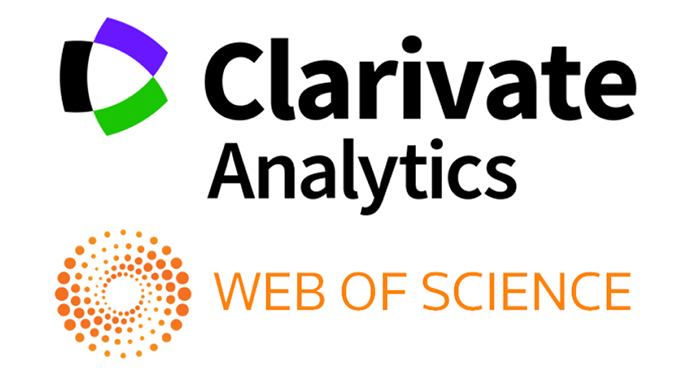HOW TO USE ASSESSMENT IN EDUCATION
Abstract
This article is based on extensive research that validates the significance of assessment in teaching. It explains what assessment is and how to use it effectively. Effective assessment will significantly enhance the professional life of teachers and their students’ success. Research has confirmed that students who are given clear objectives and frequent assessments aligned to those objectives can learn in six months what would take other students an entire year to learn. By synthesizing research findings and best practices in assessment, this article aims to provide educators and policymakers with valuable insights and recommendations for improving assessment practices in education to support student success and enhance educational outcomes
References
Black P., & Wiliam, D. (2009). Developing the theory of formative assessment. Educational Assessment, Evaluation and
Accountability, 21(1), 5-31.
Popham, W. J. (2008). Transformative assessment. Alexandria, VA: ASCD.
Stiggins R. J. (2007). Assessment for learning: A key to motivation and achievement. Thousand Oaks, CA: Corwin Press.
Brookhart S. M. (2013). How to assess higher order thinking skills in your classroom. Alexandria, VA: ASCD.
Nitko, A. J., & Brookhart, S. M. (2011). Educational assessment of students (6th ed.). Boston, MA: Pearson.
McMillan J. H., & Hearn, J. (2008). Student self-assessment: The key to stronger student motivation and higher achievement.
Educational Horizons, 87(1), 40-49.
Pellegrino J. W., Chudowsky, N., & Glaser, R. (Eds.). (2001). Knowing what students know: The science and design of
educational assessment. Washington, DC: National Academies Press.
Wiggins G., & McTighe, J. (2005). Understanding by design. Alexandria, VA: ASCD.
Shepard L. A. (2000). The role of assessment in a learning culture. Educational Researcher, 29(7), 4-14.
Sadler D. R. (1998). Formative assessment: Revisiting the territory. Assessment in Education: Principles, Policy & Practice, 5(1),
-84.
Scriven M. (1991). Evaluation thesaurus (4th ed.). Newbury Park, CA: Sage Publications.
Stake, R. E. (2004). Standards-based and responsive evaluation. Thousand Oaks, CA: Sage Publications.
Rossi P. H., Lipsey, M. W., & Freeman, H. E. (2004). Evaluation: A systematic approach (7th ed.). Thousand Oaks, CA: Sage
Publications.
Patton M. Q. (2008). Utilization-focused evaluation (4th ed.). Thousand Oaks, CA: Sage Publications.
ANARBEKOVA, A. (2024). RAQAMLI TA’LIMDA XORIJIY TILNI O ‘QITISHDA ELEKTRON TA’LIM VOSITALARIDAN FOYDALANISH. News of the NUUz, 1(1.9. 1), 74-78.
ANVAROVA, Z. (2024). TIBBIY O ‘QITISHDA REVMATIZM KASALLIGI VA UNI DAVOLASHNING METODIK USULLARI. News of the NUUz, 1(1.9. 1), 77-79.
NURULLAEVA, K. (2024). XIZMAT KO ‘RSATISH SOHASINING XORAZM VILOYATI IQTISODIY BARQARORLIGINI TA’MINLASHDAGI O ‘RNI. News of the NUUz, 1(1.9. 1), 11-13.
Copyright (c) 2024 News of the NUUz

This work is licensed under a Creative Commons Attribution-NonCommercial-ShareAlike 4.0 International License.


.jpg)

1.png)







